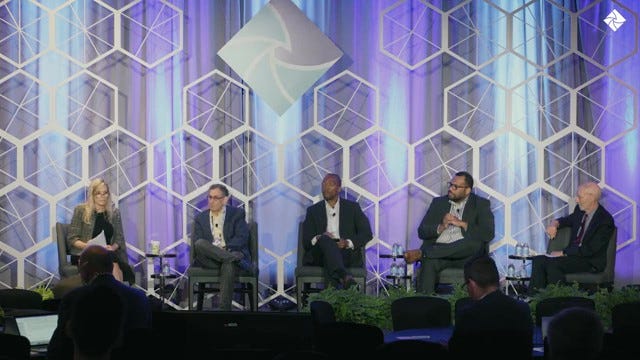AI's Revolution: From Infrastructure Gaps to Opportunity Acceleration
Welcome to Global Data Center Hub. Join 1000+ investors, operators, and innovators reading to stay ahead of the latest trends in the data center sector in developed and emerging markets globally.
Keep reading with a 7-day free trial
Subscribe to Global Data Center Hub to keep reading this post and get 7 days of free access to the full post archives.




